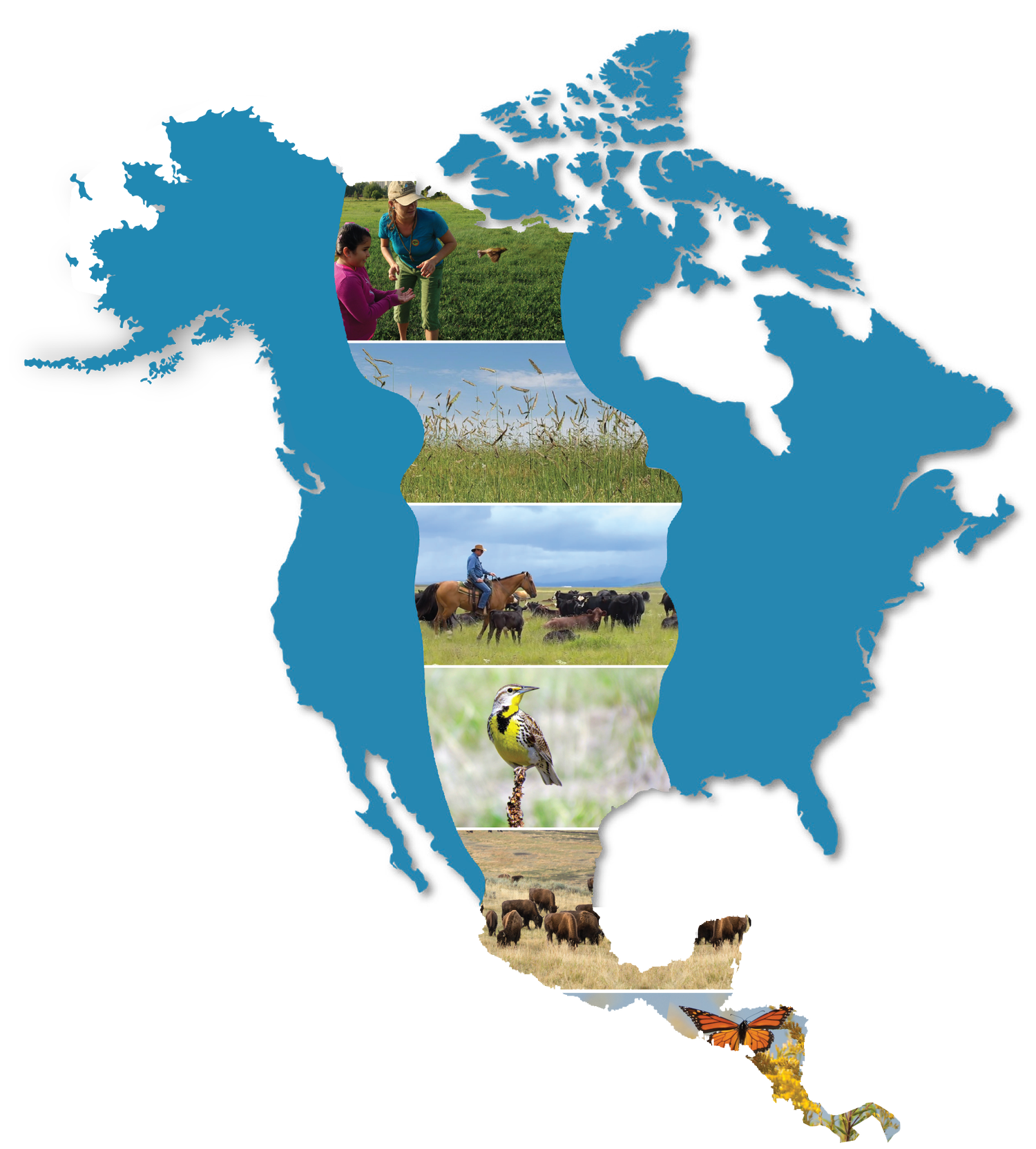North American Grasslands & Birds Report
National Audubon Society
https://www.audubon.org/conservation/working-lands/grasslands-report
The 2019 Audubon North American Grasslands & Birds Report evaluated the need for conservation in the age of rising global temperatures. Similar to the National Fish and Wildlife Foundation’s 2016 Business Plan, the Report used representative species especially vulnerable to climate change to identify the areas most susceptible to habitat loss and population declines.
In addition to a grasslands global warming vulnerability evaluation, the Audubon report details the highest-yield conservation areas to target and the four major components of its long-term conservation strategy. The map of these prioritized geographies can be seen on the Audubon’s webpage linked above, and the four main components of the Audubon’s strategy are partnering with private land managers, conservation incentives and easements, market-based incentives for grassland conservation, and federal and state policies.
Both good and bad findings emerged from the Audubon’s Report. The bad: at its current rate, global warming will permanently transform grasslands habitats and birds seemed to be ill-suited to adapt their migration patterns to cope. The good: if we adhere to the IPCC’s mean global increase target of 1.5ºC, only 8% of grassland bird species will be susceptible to climate change.
